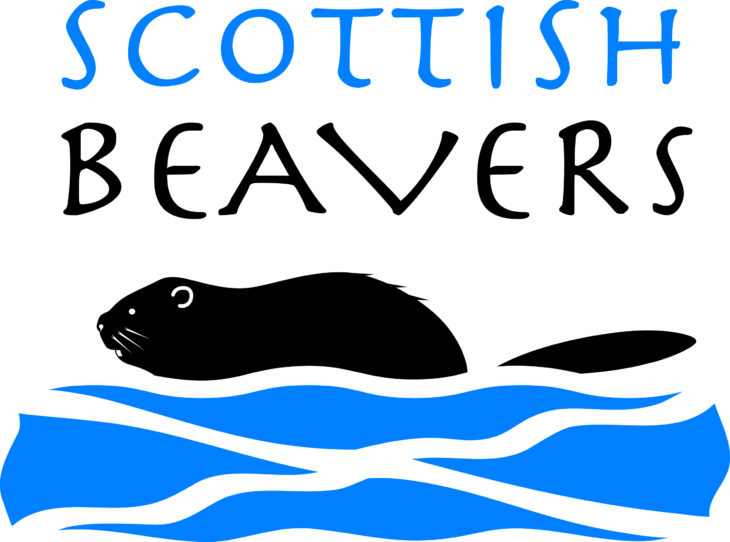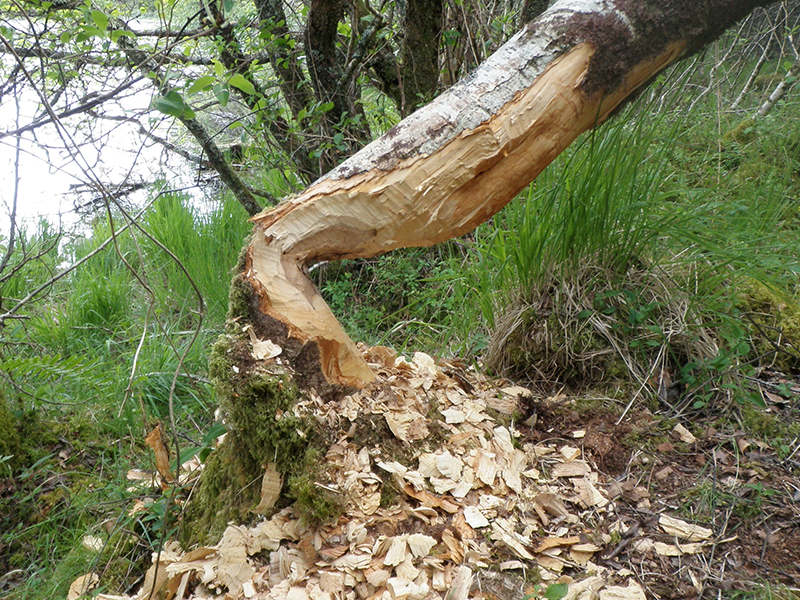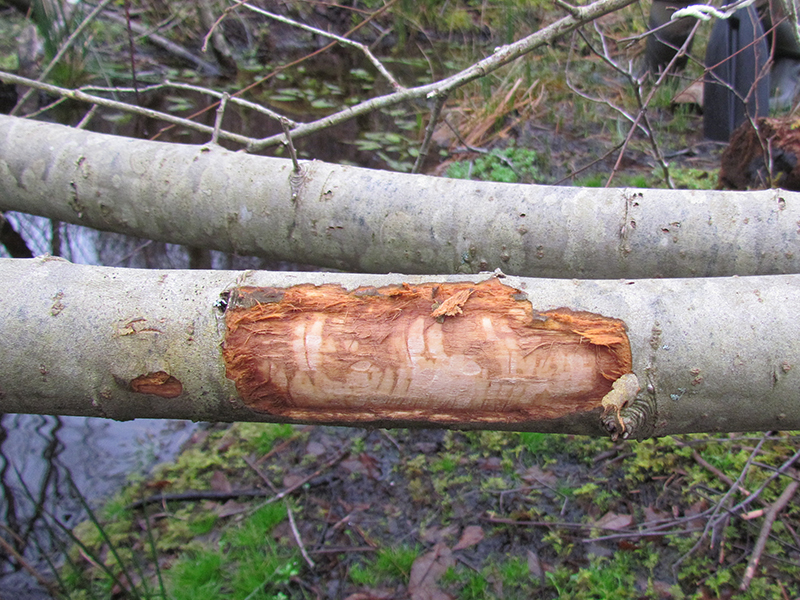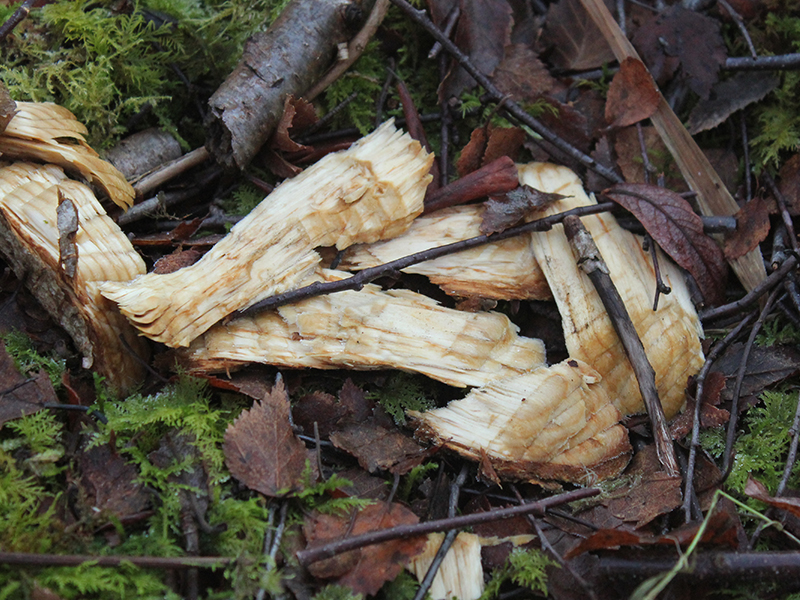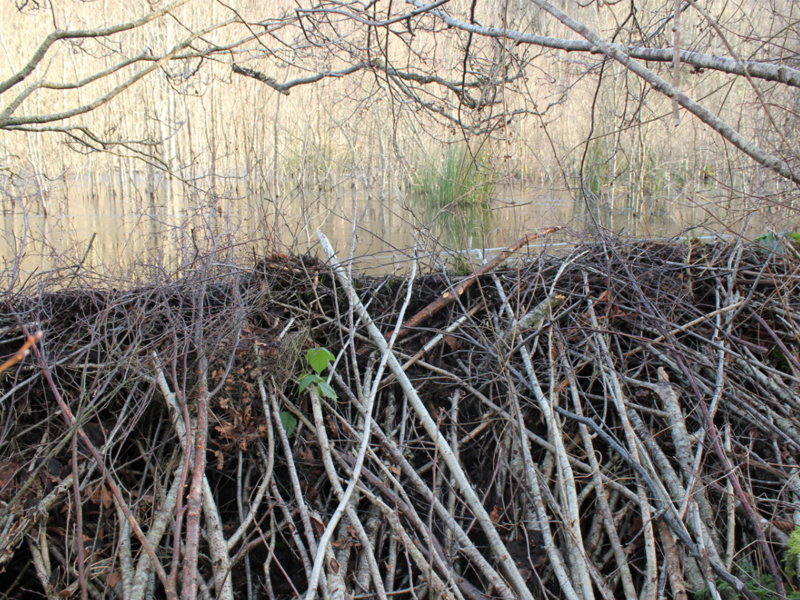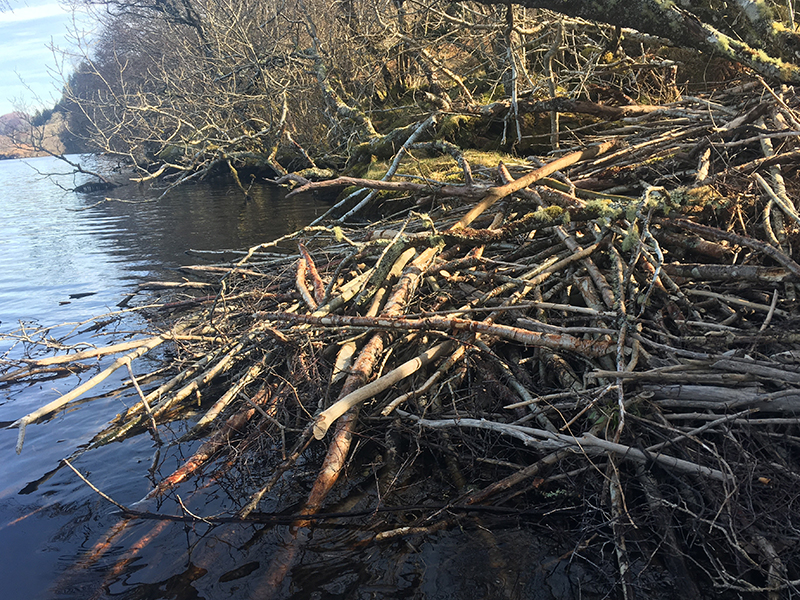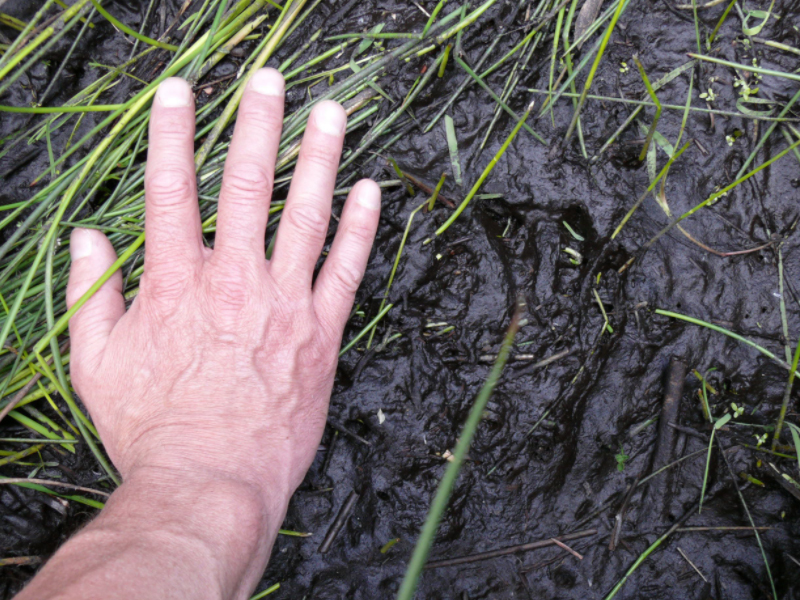Help us to build a better understanding of Scotland’s beavers
Did you know that you are part of the first generation in over 400 years that has the chance to see beavers in the wild in Scotland?
These incredible natural engineers are once again an important, protected and beneficial part of our landscape…and they may be closer than you think.
Since 2019, beavers have been a legally protected species and they are slowly but surely expanding their range across the Tay, Forth and Clyde river catchments.
Now, in order to track this natural expansion in their range, we need your help! By submitting any sightings that you have of beavers or beaver activity, you will help us to build a better understanding of where beavers are in Scotland. This data will be fed into a national database and will make a real difference.
We’re thrilled to have you on board with this important work – welcome to the team!

